The African Sacred Ibis Bird is an interesting bird as it was once considered a representation of the ancient Egyptian god of wisdom Thoth on earth.
As such, the bird was highly revered and as a consequence was offered as a sacrificial offering to Thoth.
Its diet most likely led to it being so significant to the ancient Egyptians, but the tragedy is it can no longer be found in modern-day Egypt. Let’s get to know more about the sacred Ibis and what made it sacred in the first place.
Want to find the best binoculars for a safari? Check out my blog post here!
What Does The African Sacred Ibis Bird Look Like?
The African Sacred Ibis bird has a distinctive white plumage but with a dark rump and a bald head that is black together with the neck, the thick curved beak and the long legs, so it looks quite different than the other Ibis bird called the Southern Bald Ibis 😉
The wings are white with black feather tips while their eyes are brown with a red orbital ring. Adults weigh between 1.3 and 1.5 kg (3 and 3.3 lb), and can reach 68 cm ( 27 in) in length, with a wingspan of between 112 and 124 cm ( 44 and 49 in).
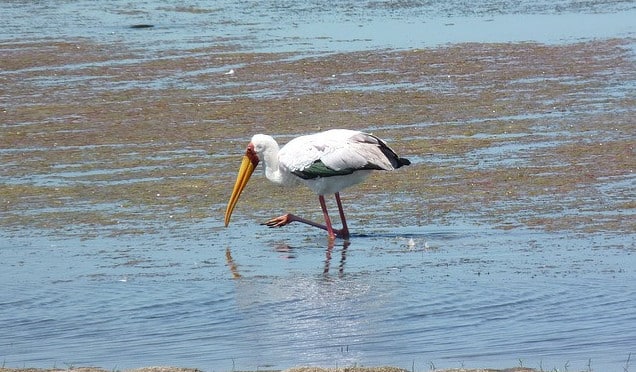
The Habitats Of The African Sacred Ibis
The African Sacred Ibis can be found in mud flats and marshy Wetlands that occur inland on freshwater sources and along the coast in salty waters. They will build nests on trees that are near water bodies.
Where Can They Be Found?
The bird was prevalent in Egypt but is no longer found there, and now occurs South of the Sahara, but is absent in the Congo rainforest, Sahel region, and the desert regions of Southern Africa such as the Kalahari, Namib, and Karoo.
In West Africa, it is commonly found along the major floodplain systems such as the Niger river delta in Mali, the Sine-Saloum river delta in Senegal, lake Fitri in Chad, and other floodplains.
The birds are common across Eastern and Southern Africa with large numbers along the river Nile, lake Kundi in Sudan, and Sudd swamps in South Sudan.
They are also found in Kenya, Tanzania, Uganda, Malawi, Zambia, and Zimbabwe.
Before the 20th century, the African Sacred Ibis was not found in the Southern Africa region, and it wasn’t until the mid-20th century that colonies began being recorded in the region.
And because of the latter, we were happy to have seen them several times in South Africa, like even in the Isimangaliso Wetlands park!
What Does the Sacred Ibis Eat?
The Sacred Ibis is primarily a carnivore, but will on rare occasions feed on seeds. Their diet consists of frogs, small mammals, reptiles, insects, mollusks, crustaceans, worms, and other invertebrates.
They are diurnal feeders meaning they feed during the day and will do this generally in flocks. Other than animals, they have also been observed feeding on eggs and their contents.
These eggs may belong to other birds, or reptiles such as Nile crocodiles. When food in the wild is scarce, they will supplement their diet by feeding on carrion or scavenging at rubbish dumps.
The Reproduction of the African Sacred Ibis.
In Africa, the breeding season usually starts from March to August coinciding with the wet season.
The birds are monogamous, but only last as long as each breeding season, getting new partners the next season. The nests are built on trees close to water bodies, and in some places, they prefer building on baobab trees.
The African sacred ibis is a social bird, and nests will be built in a location together with other species of wading birds such as cormorants, herons, African spoonbills, storks, and African darters.
They will also form the same species colonies made of small sub-colonies numbering about 1000 birds in abandoned buildings or offshore islands.
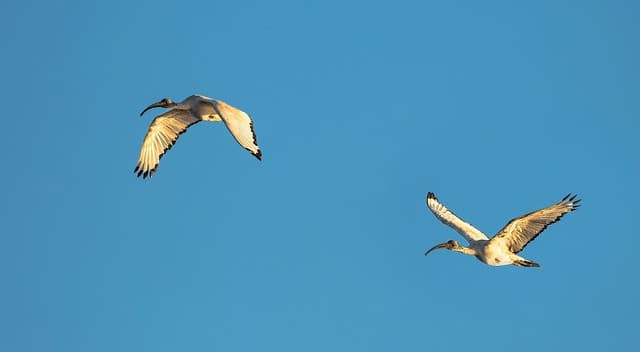
The sacred ibis reproduces once every year, with the female laying between 1 and 5 eggs each season. The work of incubating and watching over the eggs is handled by both parents for a period of between 21 and 29 days.
After hatching, one parent will stay continuously with the hatchlings for a period of 7 days. After 40 days, chicks will have already fledged becoming independent at 48 days and waiting for another 1 to 5 years before reaching maturity.
Is the African Sacred Ibis under Threat?
The International Union for Conservation of Nature (IUCN), classifies the African Sacred Ibis as a species of least concern with their numbers estimated at between 200,000 to 450,000 mature individuals.
Their numbers are on the decline due to pressures such as hunting, pollution, habitat loss due to rapid urbanization, and the collection of their eggs and chicks by people in some areas.
In Kenya, they face the threat of predation from the African fish eagle which searches for the sacred ibis largest colonies and preys on the nestlings.
Though this threat is only in Kenya as it is not an issue either in South Africa or the other countries that the two species can be found in.
The bird is also susceptible to avian botulism ( caused by a type of bacteria called Clostridium Botulinum, which leads to paralysis and later death in infected birds).
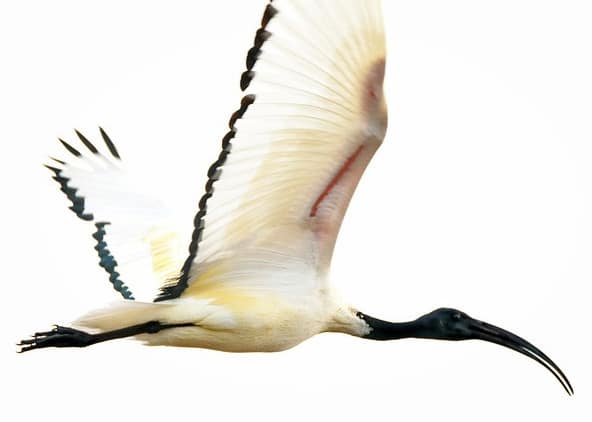
The Ancient Significance of the African Sacred Ibis bird.
A little bit of history on the African Sacred Ibis bird.
While the sacred ibis might be absent from modern-day Egypt, but in the great ancient Egyptian civilization, they were present and quite a big deal. The sacred ibis was often associated with the ancient Egyptian god Thoth, thus the term sacred. Thoth was always depicted as having the head of an ibis with a long downwards curved beak.
The bird was well-known to the ancient Greeks, Romans, and Egyptians but quite unfamiliar to Western Europeans.
One of these well-known Western Europeans was Carl Linnaeus, who thought the bird was described as a cattle egret by ancient authors.
It wasn’t until the turn of the 19th century, when Napoleon Bonaparte’s campaign into Africa led to the discovery of the Sacred Ibis connection with Thoth.
To the ancient Egyptians, the sacred ibis was revered and considered the earthly form of the god Thoth. Thoth for those who might be asking, was the ancient Egyptian god of wisdom, knowledge, the moon, writing, art, science, hieroglyphics, magic and judgment.
Starting at around 1100 BC and going on for the next millennium, Sacred Ibises were usually mummified as an offering to Thoth.
The offering to Thoth was usually in exchange for healing from illnesses, a gift of a long life, or even sorting out some romantic issues. At the time, the belief was that Thoth would put those mummified birds on an expressway to the afterlife.
During this mummification process, the birds were killed, gutted, embalmed, and the beak tucked between the tail feathers. After this, the carcass was usually wrapped in linen drenched in resin and then they were put into jars, wooden coffins, or specially designed and carved sarcophagi individually or in pairs.
Not all mummified remains contained full birds, as much cheaper ones contained body parts such as a leg, dried grass from the bird’s nest, or an eggshell.
The remains were also mummified and buried according to their status; pets, holy individuals, or offerings. Many mummified remains were found with snails, snakes, grains, and other foods in their body cavities, which was to provide them sustenance on their way to the afterlife.
But why were these Sacred Ibis birds in particular considered to be sacred?
Well, first of all, they were quite common in the swampy areas along the River Nile at that point in time when ancient Egypt was standing. Secondly, the birds feasted on and managed the population of snails infesting the fish ponds, and that also harbored parasites that were dangerous to humans.
They also consumed human waste, and allegedly fed on winged serpents flying from Arabia to Egypt each spring which made the area more habitable and safer for the surrounding villagers. All these things made the bird highly valuable and even considered sacred.
Along the Nile, several ancient sites have been unearthed by archaeologists in which were discovered an incredible number of mummified sacred ibises (in one location, about 4 million mummified birds were discovered.)
These birds were sacrificed in such huge numbers that no wild population could survive this onslaught. Because of their religious significance, sanctuaries were created all along the Nile dedicated to the sacred Ibis.
In these sanctuaries, birds were bred and raised in captivity, with the priests gathering eggs for artificial incubation and tendering to large flocks.
FAQS on the African Sacred Ibis bird.
- Why is the sacred ibis locally extinct in Egypt?
The disappearance of the sacred ibis from Egypt might be due to a number of factors, such as an increase in the human population, habitat destruction, urban increase, active hunting and breeding disturbance.
These factors in combination have led to the African Sacred Ibis being extinct from Egypt, with the last confirmed sighting of the bird being in 1891.
Related article:
My Final Conclusion.
I hope that you found this blog post on the African Sacred Ibis helpful, but if you have any more questions, please feel free to leave them down below in the comment section!
If you would like to see more pictures of African animals and stories of my travels to Africa, you can also join (one of) my social media platforms below 😉
I wish you happy travels!
Kind regards,
Lizzy
I now have a YouTube channel as well!
YouTube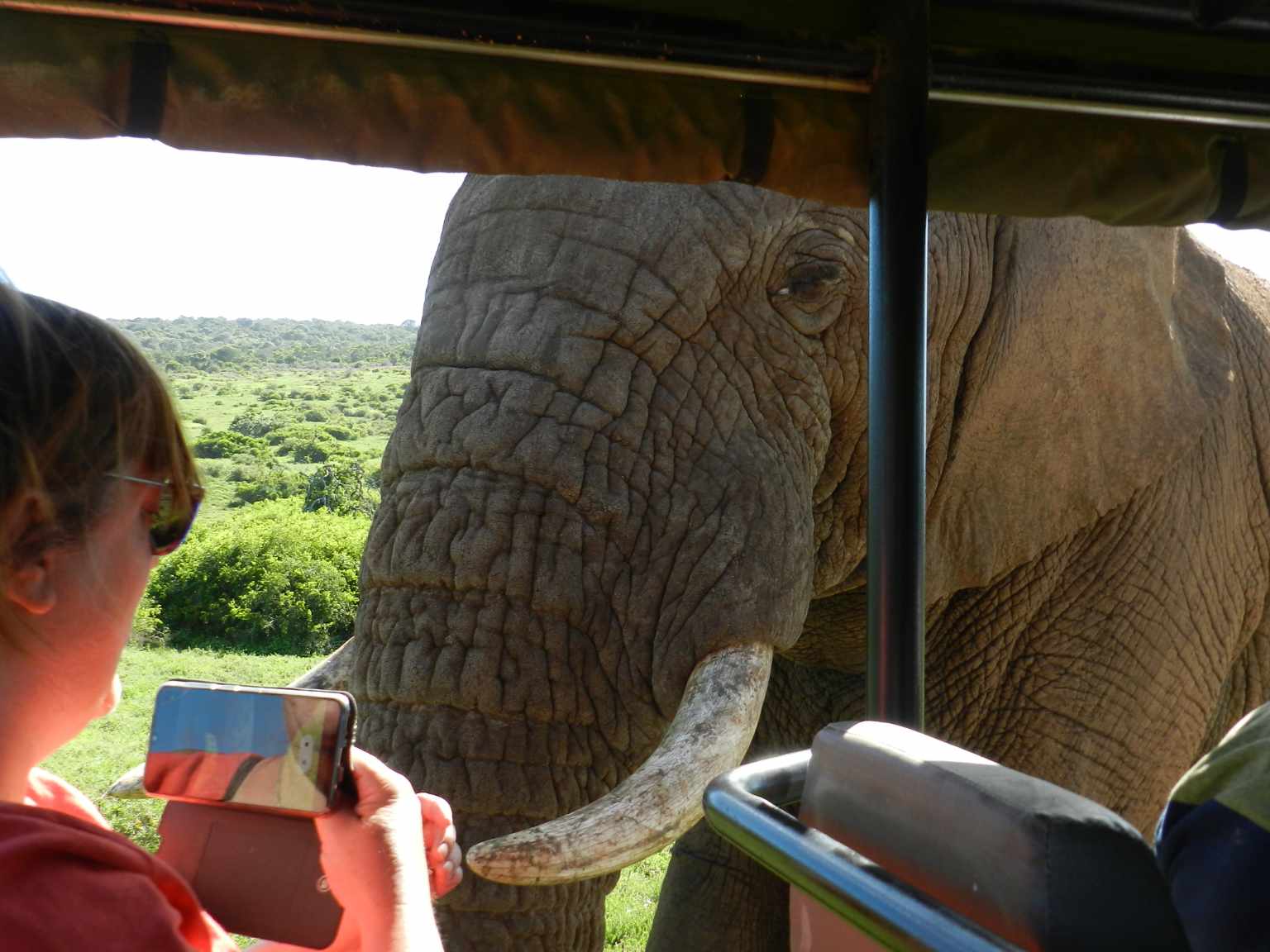
Hello Africa travellers!
Who am I? Well, the least you can say is that I am quite crazy about Africa, its nature, its climate, its culture, and more.
As a young woman in my twenties, I had already traveled to several African countries by traveling along in an overlander on my own and mostly camping ( or glamping ) and just fell in love with the diversity of it all.
So much, so that at the age of 26, I went back to university to study biology, which, unfortunately, I couldn’t finish because of health reasons (yes, I got sick from a tropical disease, oh cynicism). But this did not stop my dream of traveling back to Africa several times, and I still do.
My dream was back then to leave Europe and go study animal behavior, especially the elephants (sure, that’s every girl’s dream haha), but I am also very much intrigued by hyenas and other “ugly African animals“.
So, I “kind of” have a little bit of a scientific approach to my articles, when I write about African birds, for example. And most of all: the passion.
But life goes on, you move from one side of the country to the other, you get sick again and top it off with lower back problems, and before you know it, you are over 50 hahaha!
Now, I still travel to Africa, but take it a bit “easier” than the good old camping days, and stay in comfortable, yet affordable accommodations, together with my husband Wouter.
These are some of the countries I have traveled to: Kenya, Tanzania, Zanzibar, Malawi, Zambia, Zimbabwe, South Africa, Namibia, Botswana, Tunisia, and a little bit of Lesotho LOL .
While clearly not being African territory, but Spanish, I also visited Gran Canaria and Tenerife, and location-wise, I consider them “African”, because of their climate and nature, sue me :-p
The last trip I took was to South Africa in the year 2023, and it sure got the fevers for Africa back! From the Barberton mountains to the Drakensberg and the Southcoast, one month wasn’t enough at all to see the whole country, so we’ll be back! At ease and with a little bit more luxury than in my younger days haha!
I wish you happy travels!
Kind regards
Lizzy


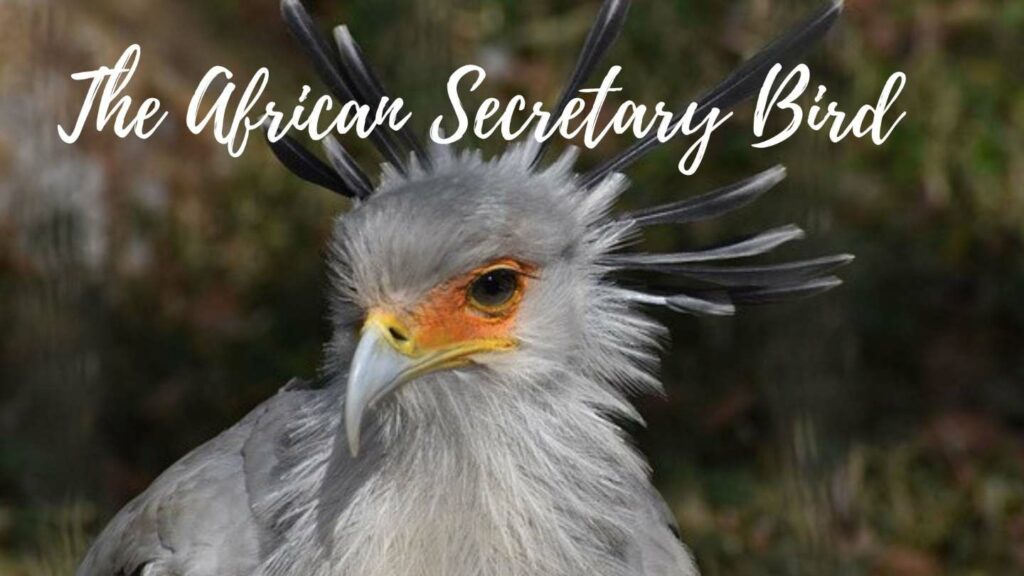
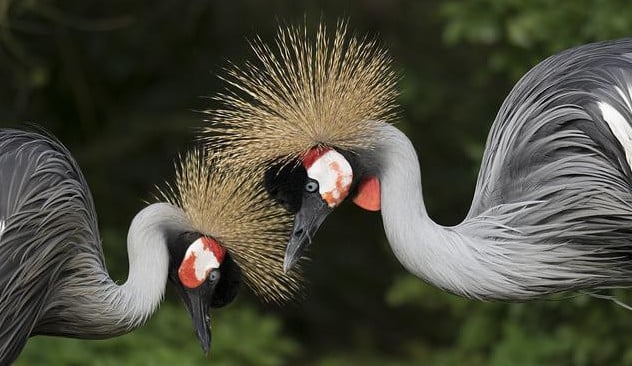

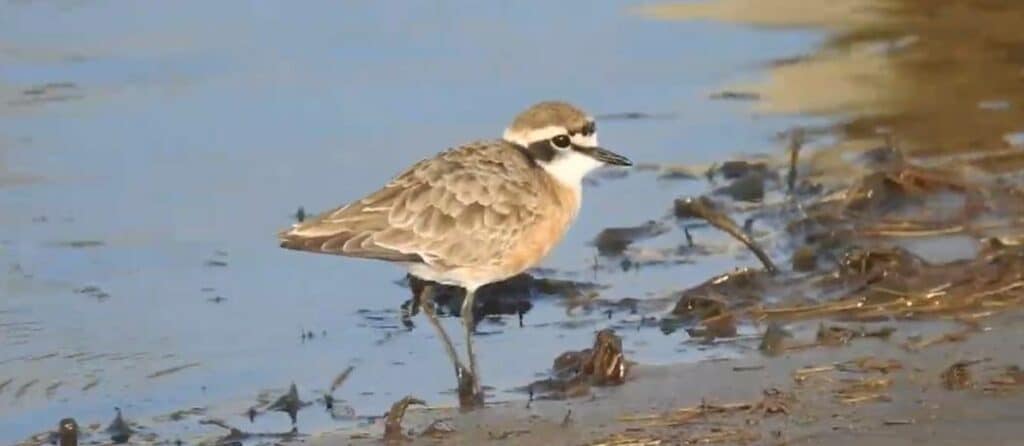

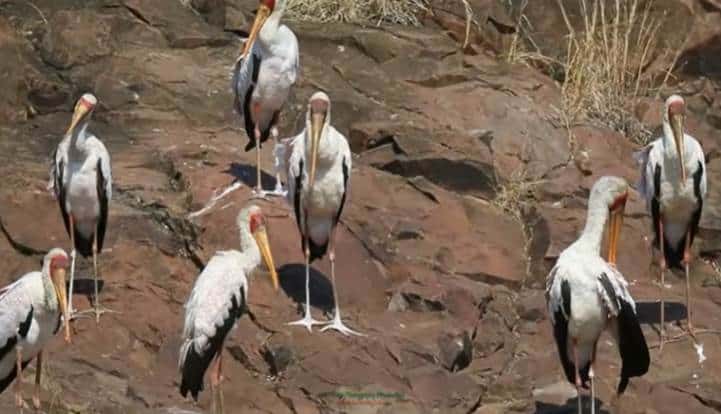
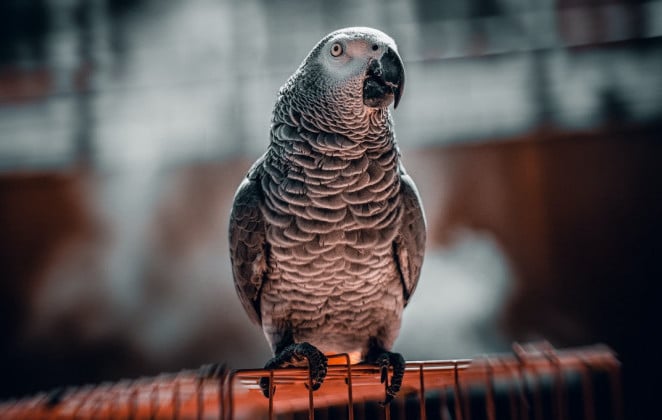
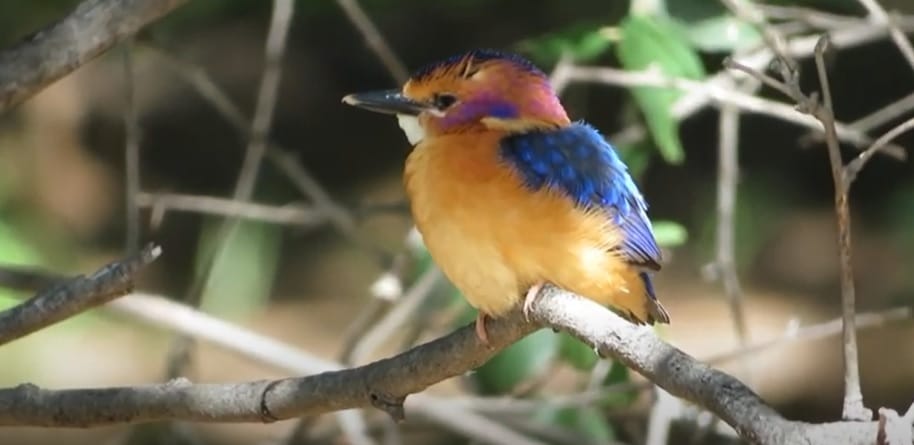
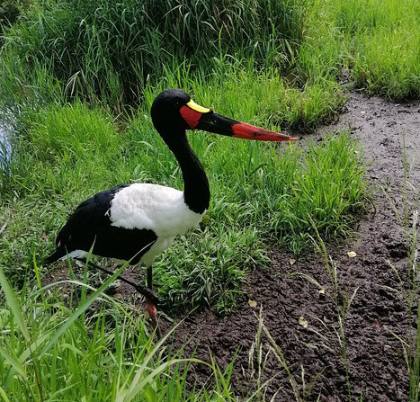
I’m a huge nature lover so it was wonderful to hear about The African Sacred Ibis. It is a species of ibis known for its distinctive appearance and cultural significance in ancient Egyptian and other African cultures. I was pleased to read that their numbers are doing well – estimated at between 200,000 to 450,000 mature individuals. I hope that conservation efforts are in place to protect the African Sacred Ibis for generations to come. Thank you for sharing.
Hi Jessica!
Thank you for the positive comment and I totally agree , I am happy that they are not extinct either!
I wish you happy birdwatching!
Kind regards,
Lizzy
Very informative topic. African Sacred Ibis website is a captivating journey into the world of these majestic birds. 🦢✨ With rich content that delves into their symbolism, behavior, and habitat, this site is a haven for bird enthusiasts and nature lovers. The stunning photographs and in-depth information provide a window into the lives of these creatures, fostering a deeper appreciation for the beauty of the natural world.
Hi MDC
thanks for your comment and I wish you happy travels!
Kind regards
Lizzy